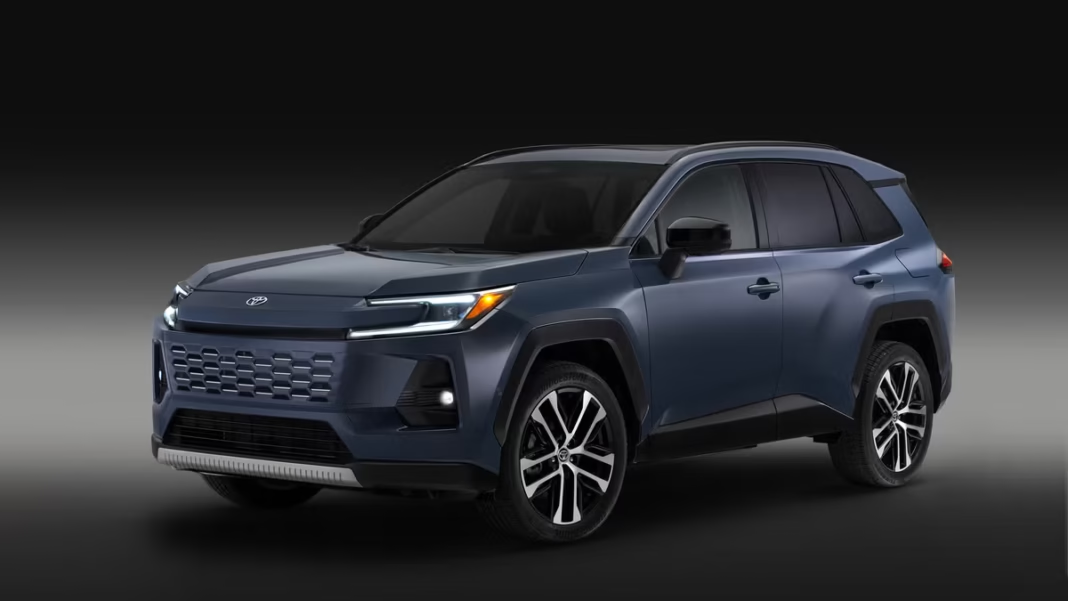Toyota has officially unveiled the 2026 RAV4, marking a major shift for one of the world’s most popular SUVs as it transitions to an all-hybrid lineup. The automaker also introduced the GR Sport plug-in hybrid electric vehicle (PHEV), a high-performance variant packing 320 horsepower and upgraded driving dynamics.
According to a report by AutoWeek, Toyota’s decision to remove gasoline-only models reflects the increasing demand for hybrid powertrains among consumers. The RAV4 Hybrid has consistently been one of the automaker’s best-selling models, and moving toward electrification aligns with Toyota’s broader sustainability goals.
RAV4 Goes Hybrid-Only
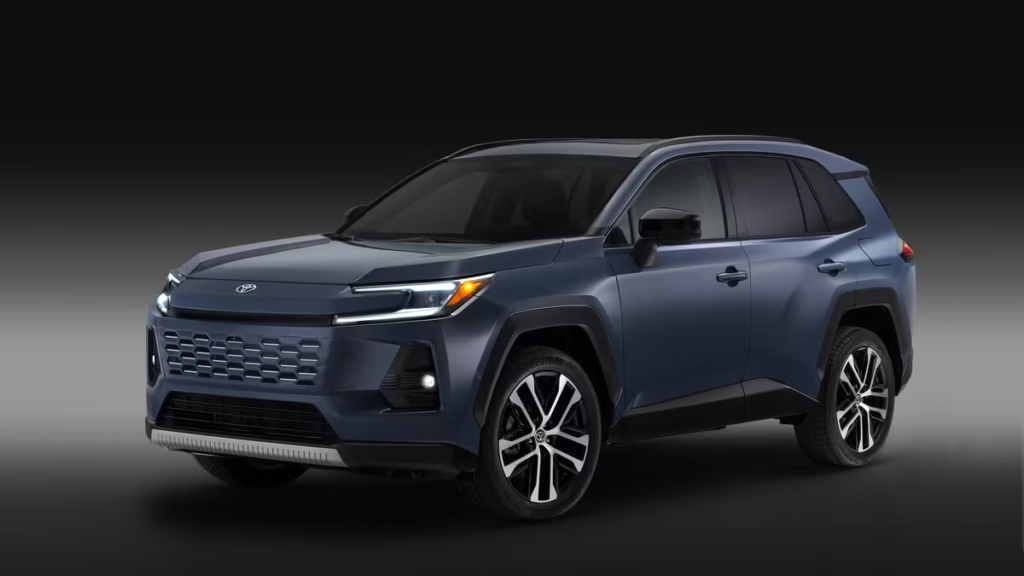
For the first time, Toyota will no longer offer traditional gas-powered versions of the RAV4. Executives say that hybrid vehicles now make up a substantial percentage of the model’s overall sales, proving that buyers are prioritizing fuel efficiency over conventional powertrains.
Industry experts at MotorTrend suggest that Toyota’s decision could set a precedent for other automakers to follow. While rivals like Honda and Hyundai still offer gas-powered SUVs, Toyota’s all-hybrid lineup may push more competitors toward electrification. Analysts believe that the success of Toyota’s hybrid RAV4 will determine whether other manufacturers take similar steps.
Toyota has led the hybrid market for decades, starting with the Prius. Now, as electrification becomes more mainstream, the company is applying its expertise to larger vehicles like SUVs. The transition to a hybrid-only RAV4 shows that Toyota is confident in consumer demand for fuel-efficient models and prepared to phase out traditional combustion engines over time.
GR Sport PHEV brings power and efficiency
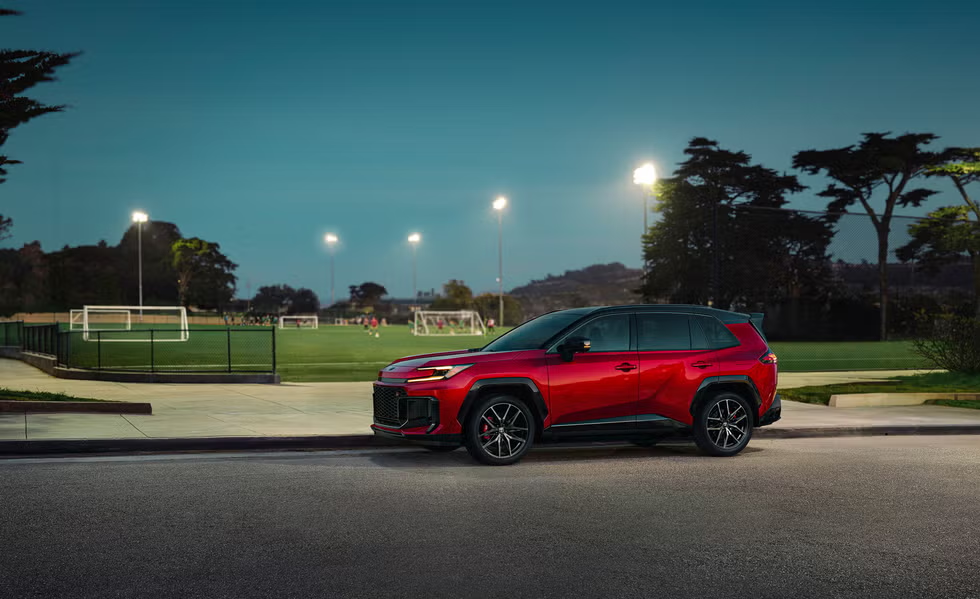
The most exciting addition to the 2026 RAV4 lineup is the GR Sport PHEV, which was developed with input from Toyota’s Gazoo Racing division. This model offers a powerful hybrid system that delivers improved performance and practicality.
Reports from EV Tire Specialists highlight that the GR Sport PHEV is among the most performance-driven hybrid SUVs available, thanks to its 320-horsepower output and GR-tuned suspension. It also features a 50-mile all-electric range, allowing for short trips without using fuel. Toyota promises that the model will provide the dynamic driving experience that GR Sport models are known for while remaining an efficient plug-in hybrid option.
A redesigned look for 2026
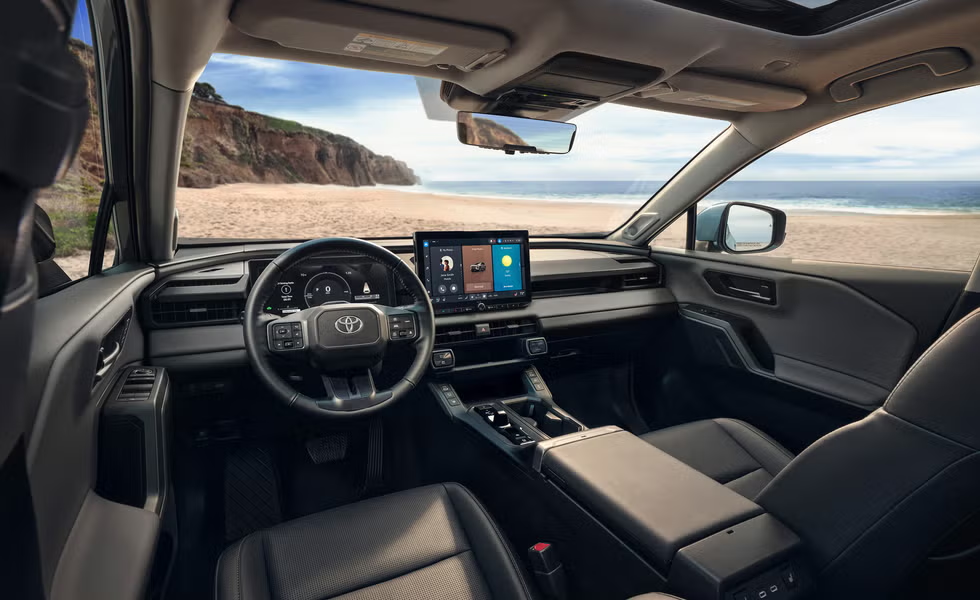
Toyota has refreshed the 2026 RAV4 with updated styling, giving it a modernized appearance while maintaining the ruggedness the SUV is known for. According to Car and Driver, new LED headlights, an enhanced front grille, and improved aerodynamics make the latest model visually distinct from its predecessor.
The interior has also been upgraded with a more refined layout, featuring an improved infotainment system, advanced safety technology, and higher-quality materials. Toyota aims to improve the driving experience with more comfort and tech, making the RAV4 a competitive option in the growing hybrid SUV market.
How it stacks up against competitors
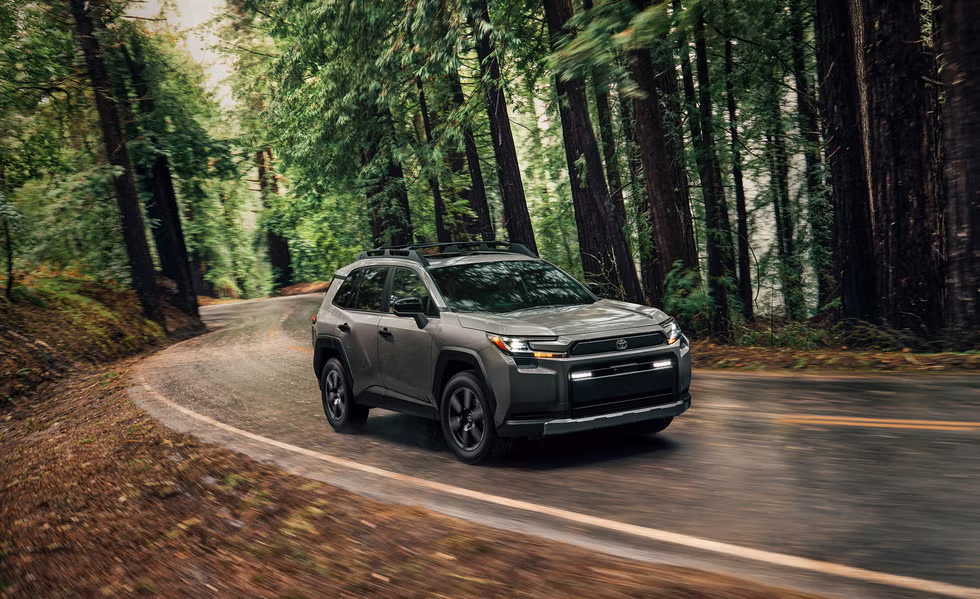
The new RAV4 Hybrid-only lineup faces competition from other hybrid SUVs, including the Honda CR-V Hybrid, Hyundai Tucson Hybrid, and Ford Escape Hybrid. However, Toyota’s decision to eliminate gas-powered models sets the RAV4 apart as an electrification leader in its segment.
A review by MotorTrend suggests that the GR Sport PHEV’s performance capabilities give Toyota a significant advantage over other hybrid SUVs, providing an ideal balance of power and efficiency. Toyota’s expertise in hybrid technology may give the RAV4 an edge in reliability and long-term cost savings compared to competitors.
What’s next for Toyota’s best-seller?
Pricing for the 2026 RAV4 has not been officially announced, but analysts expect the GR Sport PHEV to start above $40,000 (484,216 cedis) , while standard hybrid models will likely begin at around $32,000(387,372.80 cedis)
According to reports from AutoWeek, Toyota is betting on an electrified future, using the RAV4 Hybrid’s strong sales history as proof that consumers are ready for more hybrid-only SUVs. The addition of a performance-focused PHEV variant ensures that buyers won’t have to sacrifice power for efficiency. Toyota’s continued expansion into hybrid powertrains signals the company’s long-term vision of phasing out gasoline-only models altogether.
As the 2026 RAV4 prepares for launch, Toyota’s bold decision could reshape consumer expectations and influence the industry’s shift toward hybrid-exclusive lineups. If the hybrid-only RAV4 proves successful, it may encourage other automakers to accelerate their electrification plans, making hybrid SUVs the norm rather than an option.



